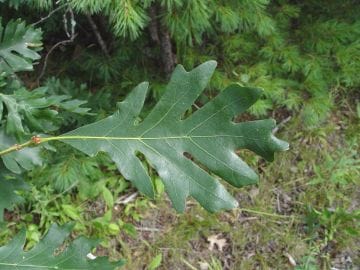RSS feed source: US Energy Information Administration
In-brief analysis
March 25, 2025
U.S. manufacturing energy consumption has continued to increase, according to our recently released survey results for 2022. We conduct the Manufacturing Energy Consumption Surveys (MECS) every four years, and the latest iteration shows the third consecutive increase in energy consumed in the manufacturing sector since a low point in 2010. Natural gas consumption in the manufacturing sector increased by more than all other energy sources combined, as compared with the previous MECS results from 2018.
MECS is a nationally representative sample survey of approximately 15,000 establishments representing 97% to 98% of the manufacturing payroll. MECS collects information on U.S. manufacturing establishments, their energy-related building characteristics, and their energy consumption and expenditures through a web-based questionnaire. MECS reports separate estimates of energy use for 79 different industry subsectors and groups across U.S. manufacturing.
Click this link to continue reading the article on the source website.


